
Bosch
¥40.79
在电子游戏发明之前,希罗尼穆斯波希(Hieronymus Bosch)的笔下就已经创作出了恐怖但丑萌的怪物,还带有一点小幽默。他的作品是自信的宣言,有力地挑战了背叛基督教教义之人的精神恐慌。波希生于1450年,死于1516年,他的出生之时正值文艺复兴的高潮时期,也见证了这一时期的宗教战争。中世纪传统和价值观轰然倒塌,为新世纪的到来开辟了道路。在这样的新世纪里,信念失去了力量和魔力。 ?波希开始警告那些不信教者和对上帝丧失了信仰的人——等待是危险的。波希相信所有人必须要有自己的道德选择,他关注地狱、天堂和欲望的主题,才华横溢地挖掘了水果和植物的象征意义,让他的意向充满了强烈的性欲色彩。这本独特的选集展示了波希为引人入胜的作品,小巧的形式也让它成为了一份完美的礼物。

Goya
¥40.79
Goya is perhaps the most approachable of painters. His art, like his life, is an open book. He concealed nothing from his contemporaries, and offered his art to them with the same frankness. The entrance to his world is not barricaded with technical difficulties. He proved that if a man has the capacity to live and multiply his experiences, to fight and work, he can produce great art without classical decorum and traditional respectability. He was born in 1746, in Fuendetodos, a small mountain village of a hundred inhabitants. As a child he worked in the fields with his two brothers and his sister until his talent for drawing put an end to his misery. At fourteen, supported by a wealthy patron, he went to Saragossa to study with a court painter and later, when he was nineteen, on to Madrid. Up to his thirty-seventh year, if we leave out of account the tapestry cartoons of unheralded decorative quality and five small pictures, Goya painted nothing of any significance, but once in contro

Schiele
¥40.79
埃贡·席勒(Egon SchieleA)的作品是如此与众不同,他拒绝被分类。席勒在年仅十六岁的时候被维也纳艺术学院录取,很早就成为了出色的艺术家。他对于线条的完美把控,使得作品充满了紧张的表现张力。他深刻地坚信自己作为艺术家的重要性,在短暂的年轻岁月中完成了很多其他艺术家一生的艺术成就。他扎根在维也纳分离艺术中的“青年风格,和那一代人一样,他受到了维也纳*魅力和名气的艺术家古斯塔夫·克里姆特(Gustav Klimt)的影响。克里姆特也认识到了席勒那超凡脱俗的分才能,他开始支持这位年轻的艺术家。席勒在短短几年的时间里,便脱离了他导师的性感装饰影响,独具一格。1910年开始席勒进行了大量而创新的创作,坚定不移地揭示人类的形式——不仅仅是他自身——如此深刻,也展现了他正在经历更加心理的、精神和情感的解剖,而非物理上的解剖。他绘画了很多城镇、乡村的风景,也创作了不少正式的肖像画和寓言神话的人物。但正是他极其坦率的作品,有些时候甚至带有明显的色情,以及他与未成年的模特的合作使他在吹毛求疵的道德观念面前有些脆弱无力。在1912年,他因冒犯道德的嫌疑——包括绑架、强奸和伤风败俗——而锒铛入狱。严重的指控(差不多指的是伤风败俗)没有成立,但席勒却在监狱中度过了绝望的三个星期。德国的表现主义画家圈子对席勒的作品的接受程度不温不火。他的同胞奥斯卡·柯克西卡(Kokoschka)的待遇却要好得多。他崇拜慕尼黑艺术家蓝骑士(Der Blaue Reiter),但蓝骑士却断然回绝了他。之后,在次世界大战期间,他的作品逐渐小有名气。在1916年的一次事件中,他被柏林的表现主义杂志Die Aktion认定为左翼。席勒是一种嗜好。在很早的时候,他便被认为是天才,这为他招揽了一小群长期沉迷其中的收藏家和崇拜者。但虽然如此,多年来他的生活和经济状况都岌岌可危。他经常欠债,也偶尔会被迫用一些廉价的材料,在发黄的皱巴巴的纸上画画或是用硬纸板,而不是画家的画纸或画布。只有在1918年他才在维也纳拥有了次实质性的成功。悲剧的是,不久之后,他和他的妻子伊迪丝(Edith)便被1918年大规模的流感所击倒,席勒及其妻子和千千万万其他受害者一样都去世了。那年,席勒才年仅二十八岁。

Turner
¥40.79
At fifteen, Turner was already exhibiting View of Lambeth. He soon acquired the reputation of an immensely clever watercolourist. A disciple of Girtin and Cozens, he showed in his choice and presentation of theme a picturesque imagination which seemed to mark him out for a brilliant career as an illustrator. He travelled, first in his native land and then on several occasions in France, the Rhine Valley, Switzerland and Italy. He soon began to look beyond illustration. However, even in works in which we are tempted to see only picturesque imagination, there appears his dominant and guiding ideal of lyric landscape. His choice of a single master from the past is an eloquent witness for he studied profoundly such canvases of Claude as he could find in England, copying and imitating them with a marvellous degree of perfection. His cult for the great painter never failed. He desired his Sun Rising through Vapour and Dido Building Carthage to be placed in the National Gallery side by side w
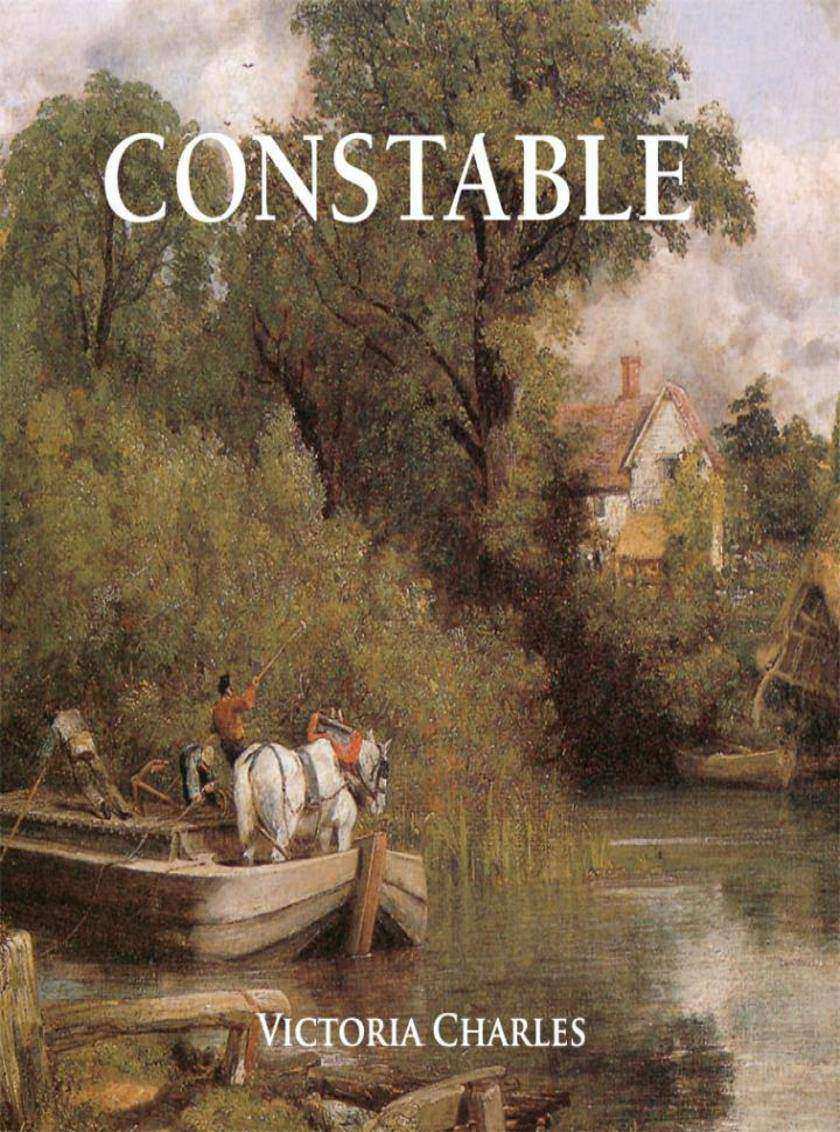
Constable
¥40.79
John Constable was the first English landscape painter to take no lessons from the Dutch. He is rather indebted to the landscapes of Rubens, but his real model was Gainsborough, whose landscapes, with great trees planted in well-balanced masses on land sloping upwards towards the frame, have a rhythm often found in Rubens. Constable’s originality does not lie in his choice of subjects, which frequently repeated themes beloved by Gainsborough. Nevertheless, Constable seems to belong to a new century; he ushered in a new era. The difference in his approach results both from technique and feeling. Excepting the French, Constable was the first landscape painter to consider as a primary and essential task the sketch made direct from nature at a single sitting; an idea which contains in essence the destinies of modern landscape, and perhaps of most modern painting. It is this momentary impression of all things which will be the soul of the future work. Working at leisure upon the large canva
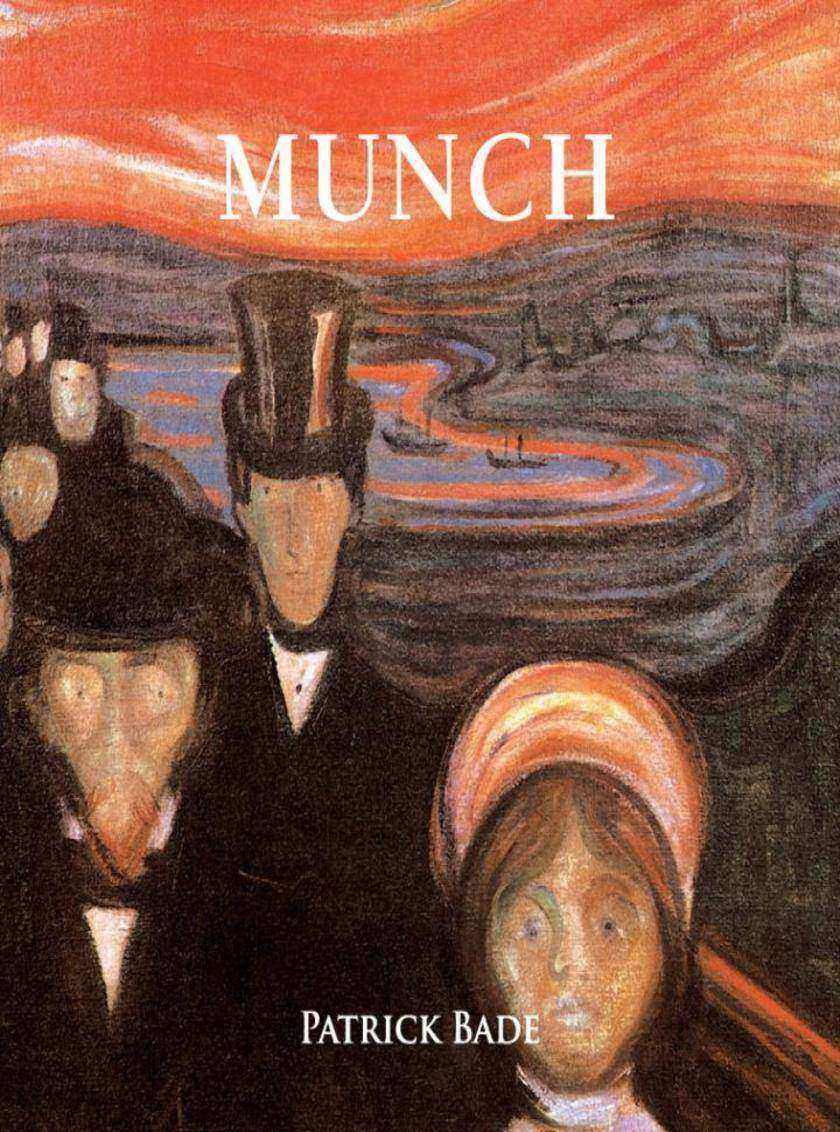
Munch
¥40.79
Edvard Munch, born in 1863, was Norway's most popular artist. His brooding and anguished paintings, based on personal grief and obsessions, were instrumental in the development of Expressionism. During his childhood, the death of his parents, his brother and sister, and the mental illness of another sister, were of great influence on his convulsed and tortuous art. In his works, Munch turned again and again to the memory of illness, death and grief. During his career, Munch changed his idiom many times. At first, influenced by Impressionism and Post-impressionism, he turned to a highly personal style and content, increasingly concerned with images of illness and death. In the 1892s, his style developed a ‘Synthetist' idiom as seen in The Scream (1893) which is regarded as an icon and the portrayal of modern humanity's spiritual and existential anguish. He painted different versions of it. During the 1890s Munch favoured a shallow pictorial space, and used it in his frequently frontal p
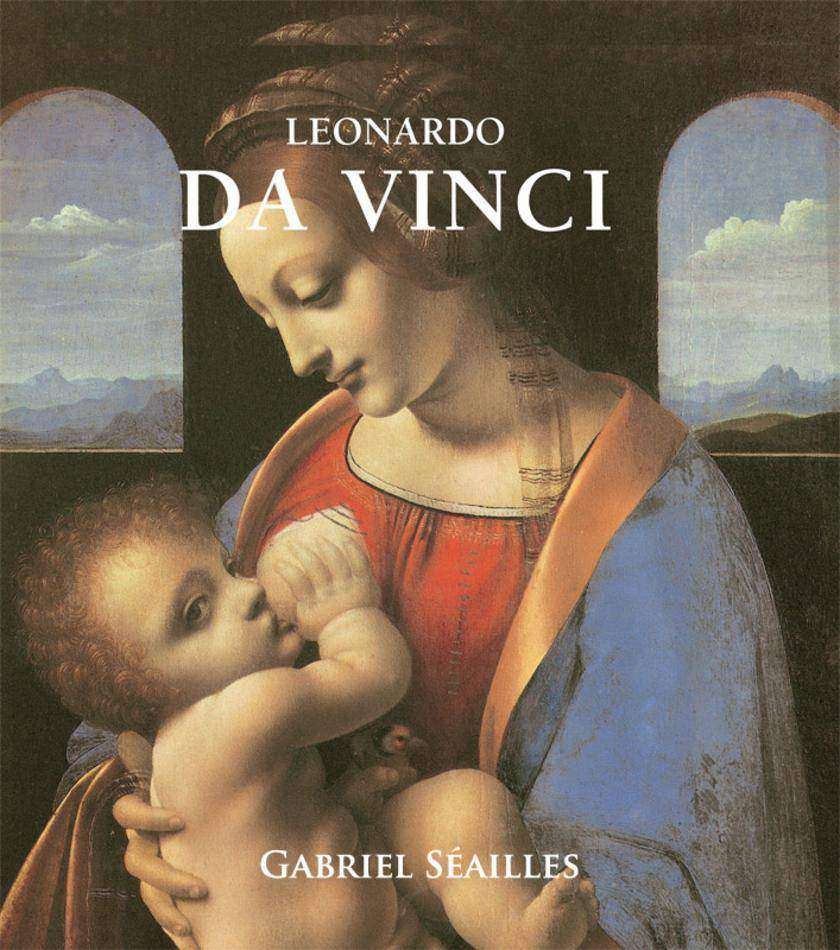
Leonardo Da Vinci
¥40.79
莱昂纳多·达·芬奇(1453—1519)不仅仅是位出神入化的画家,也是一位科学家、解剖师、雕塑家、建筑家、音乐家、工程师、发明家,乃至更多。那么也许该这么问:他不是什么呢?在意大利文艺复兴时期,他为意大利美第奇家族和法国王室创作了美的作品。达·芬奇深受同辈的钦佩,是个闻名全世界的少有而高尚的天才。即使是今天,人们对达·芬奇和他的作品的兴趣仍然丝毫没有消退;时代前沿的艺术家们仍然在研习他的作品和书法,希望能够揭开这位远见卓识的艺术家的秘密。

Project XXX
¥40.79
Amy, a feminist teen blogger decides it’s time to prove that sex on the web isn’t just for men. During a rainy summer in a northern seaside town, Amy decides to show that sexual choice is firmly in the hands of women by persuading new love interest Callum to film her first time. Meanwhile, Callum has his own issues to deal with, including a mother on the edge of a nervous breakdown and an obsession with faded porn star, Jaze. This dark, romantic comedy explores how new technology and the mainstreaming of internet pornography can impact on human relationships and a young person’s burgeoning sense of self.
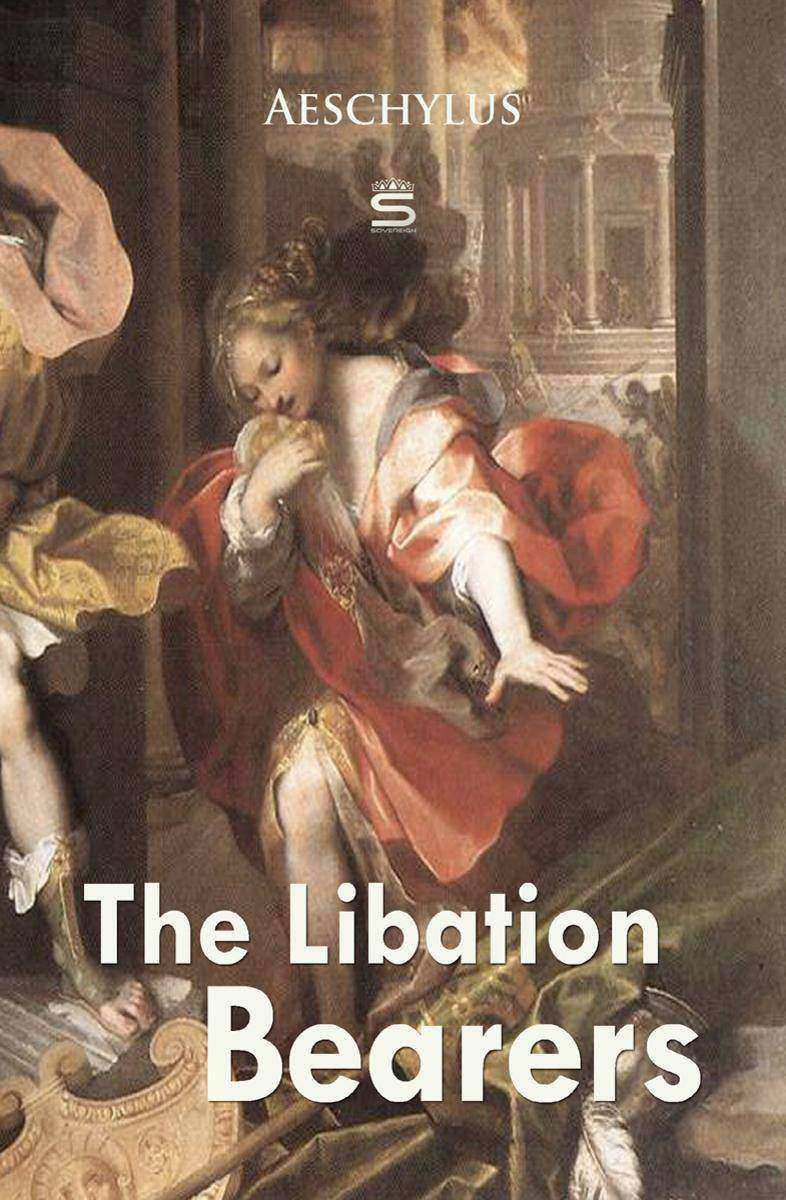
The Libation Bearers
¥40.79
Orestes arrives at the grave of his father, accompanied by his cousin Pylades, the son of the king of Phocis, where he has grown up in exile; he places two locks of his hair on the tomb. Orestes and Pylades hide as Electra, Orestes' sister, arrives at the grave accompanied by a chorus of elderly slave women (the libation bearers of the title) to pour libations on Agamemnon's grave; they have been sent by Clytemnestra in an effort to ward off harm. Just as the ritual ends, Electra spots a lock of hair on the tomb which she recognizes as similar to her own; subsequently she sees two sets of footprints, one of which has proportions similar to hers. At this point Orestes and Pylades emerge from their hiding place and Orestes gradually convinces her of his identity.
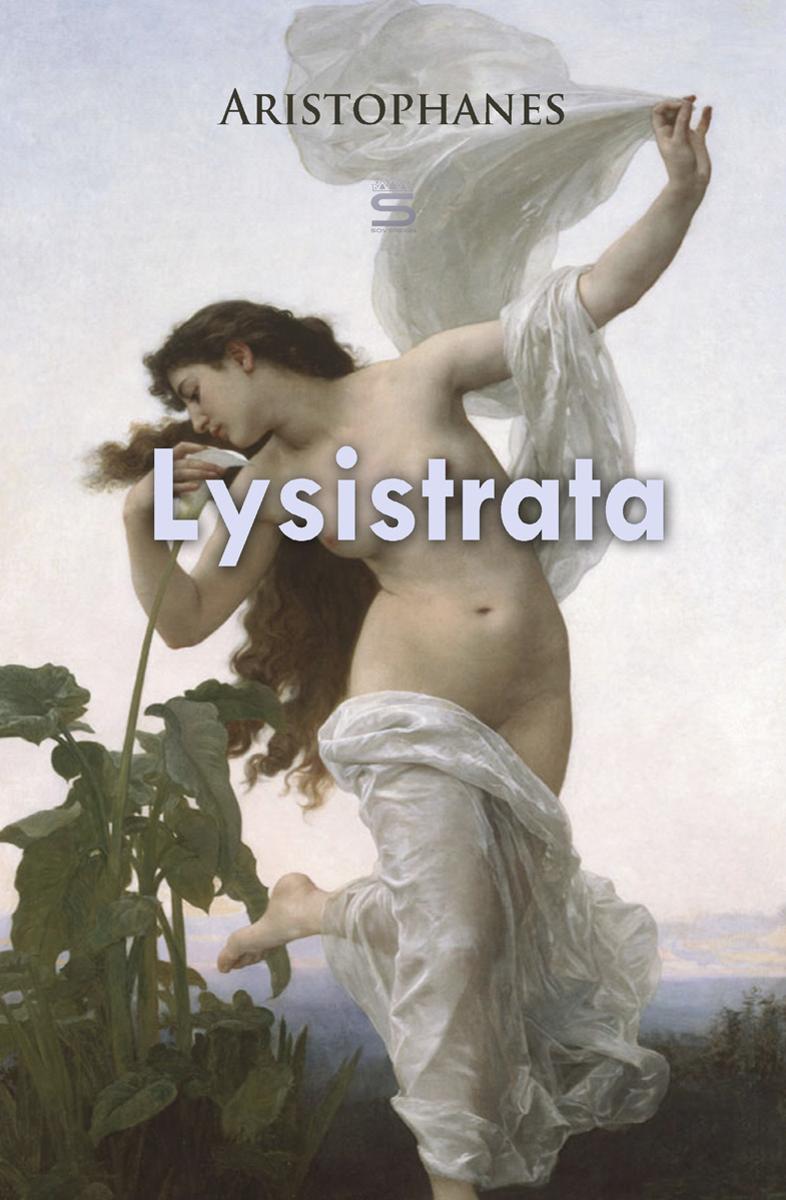
Lysistrata
¥40.79
Lysistrata is a comedy originally performed in classical Athens in 411 BC. A comic account of one woman's extraordinary mission to end the Peloponnesian War. Lysistrata persuades the women of Greece to withhold sexual privileges from their husbands and lovers as a means of forcing the men to negotiate peace—a strategy, however, that inflames the battle between the sexes. The play is notable for being an early exposé of sexual relations in a male-dominated society.
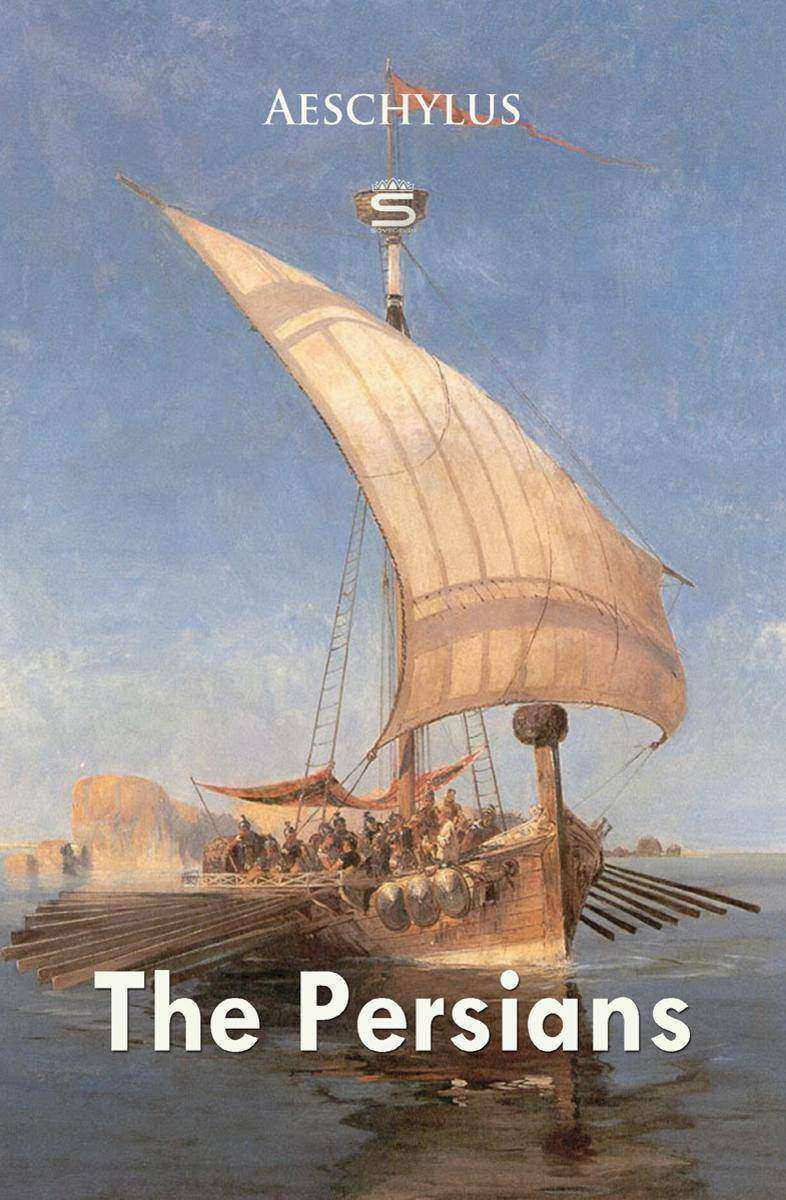
The Persians
¥40.79
The Persians takes place in Susa, which at the time was one of the capitals of the Persian Empire, and opens with a chorus of old men of Susa, who are soon joined by the Queen Mother, Atossa, as they await news of her son King Xerxes' expedition against the Greeks. Expressing her anxiety and unease, Atossa narrates what is probably the first dream sequence in European theatre.
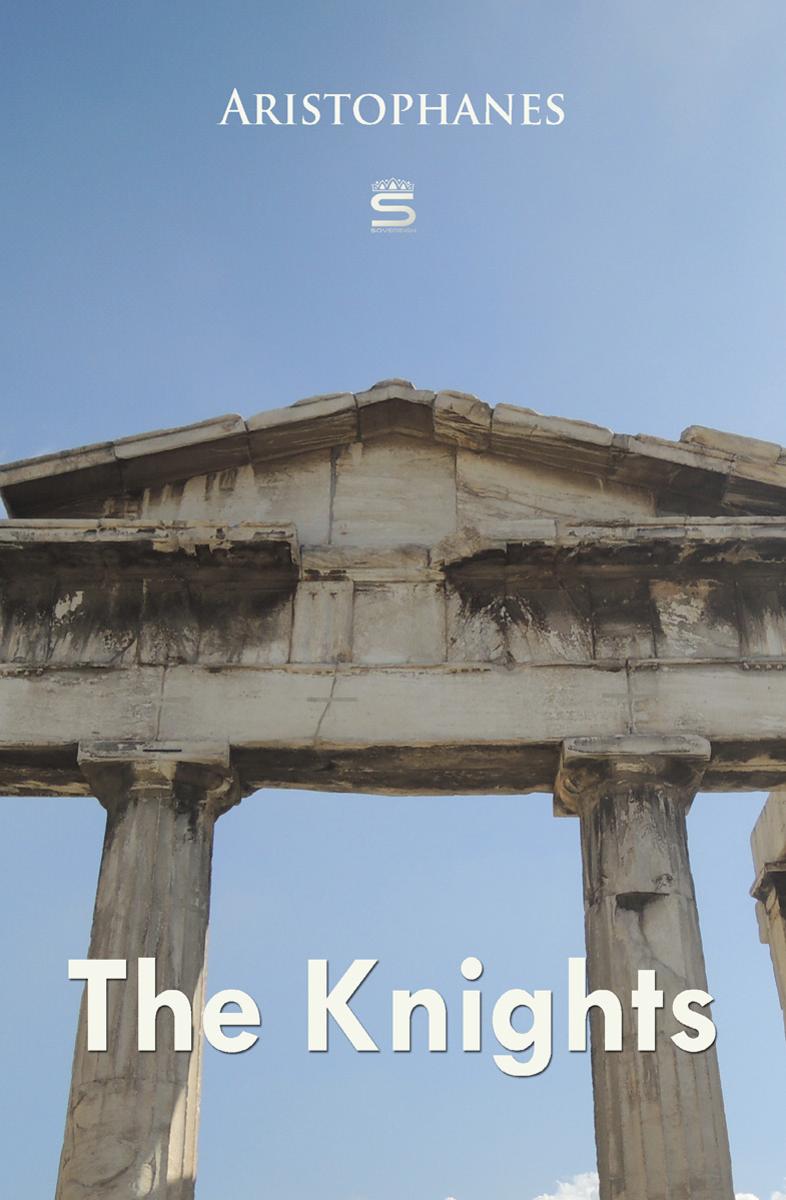
The Knights
¥40.79
The Knights is a satire on political and social life in 5th-century BC Athens, the characters are drawn from real life and Cleon is clearly intended to be the villain. However it is also an allegory, the characters are figures of fantasy and the villain in this context is Paphlagonian, a comic monstrosity responsible for almost everything that's wrong with the world.
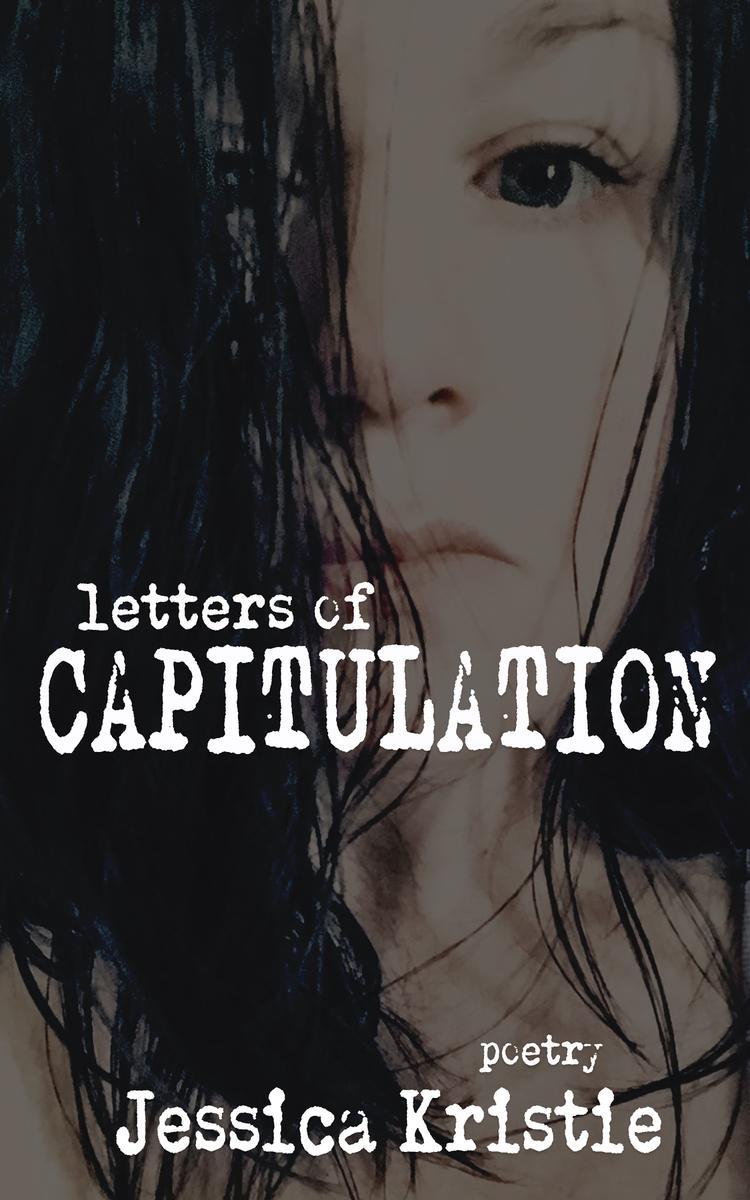
Letters of Capitulation
¥40.79
Letters of Capitulation

Beyond Pentatonics
¥40.79
Beyond Pentatonics
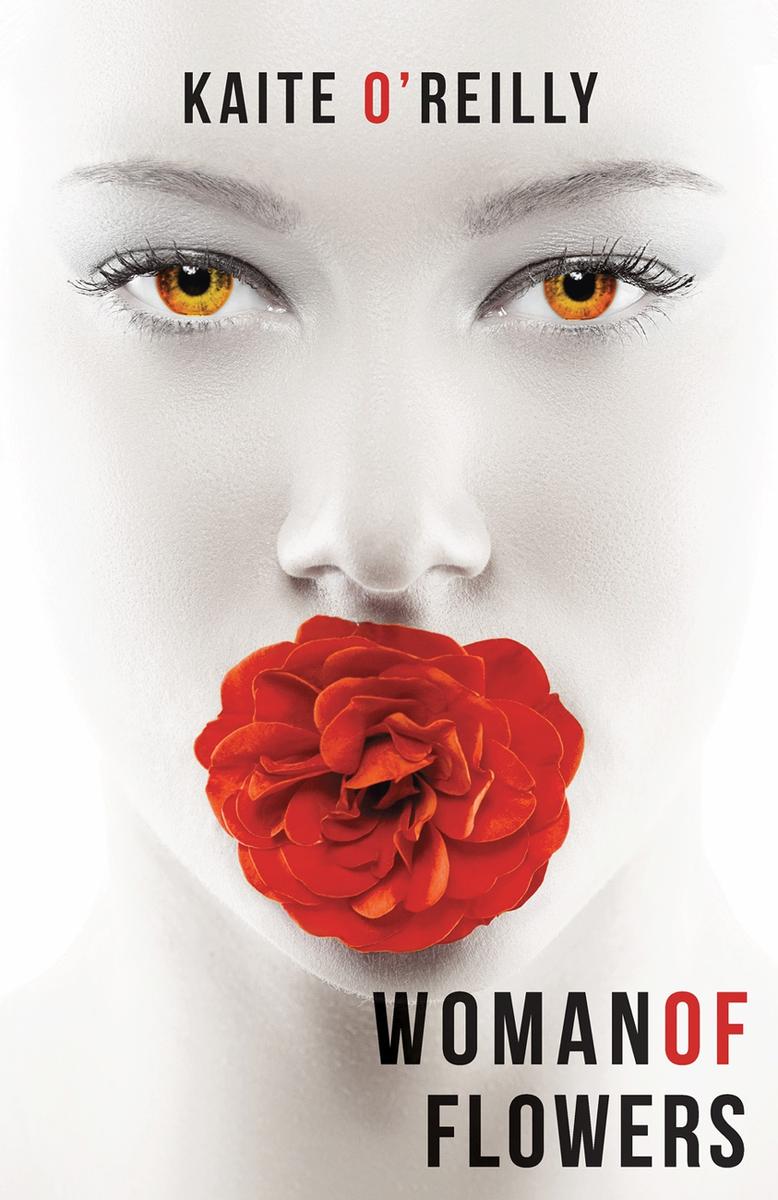
Woman of Flowers
¥40.79
Rose cannot remember what came before the house at the edge of the forest. Gwynne says he magicked her out of the flowers, but she’s not so sure. She has played the part of the perfect farmer’s wife for Lewis, who is kept firmly in place by his uncle Gwynne, and accepted her lonely existence. Then a stranger is seen in the forest. What lengths will she go to, to escape the life chosen for her? A contemporary tale of desire, beauty, betrayal and revenge. Award-winning Kaite O’Reilly has written for National Theatre Wales and the London 2012 Cultural Olympiad. Her work has been produced across the UK and internationally. Her awards include the Peggy Ramsay Award, and the Ted Hughes prize for New Works in Poetry.
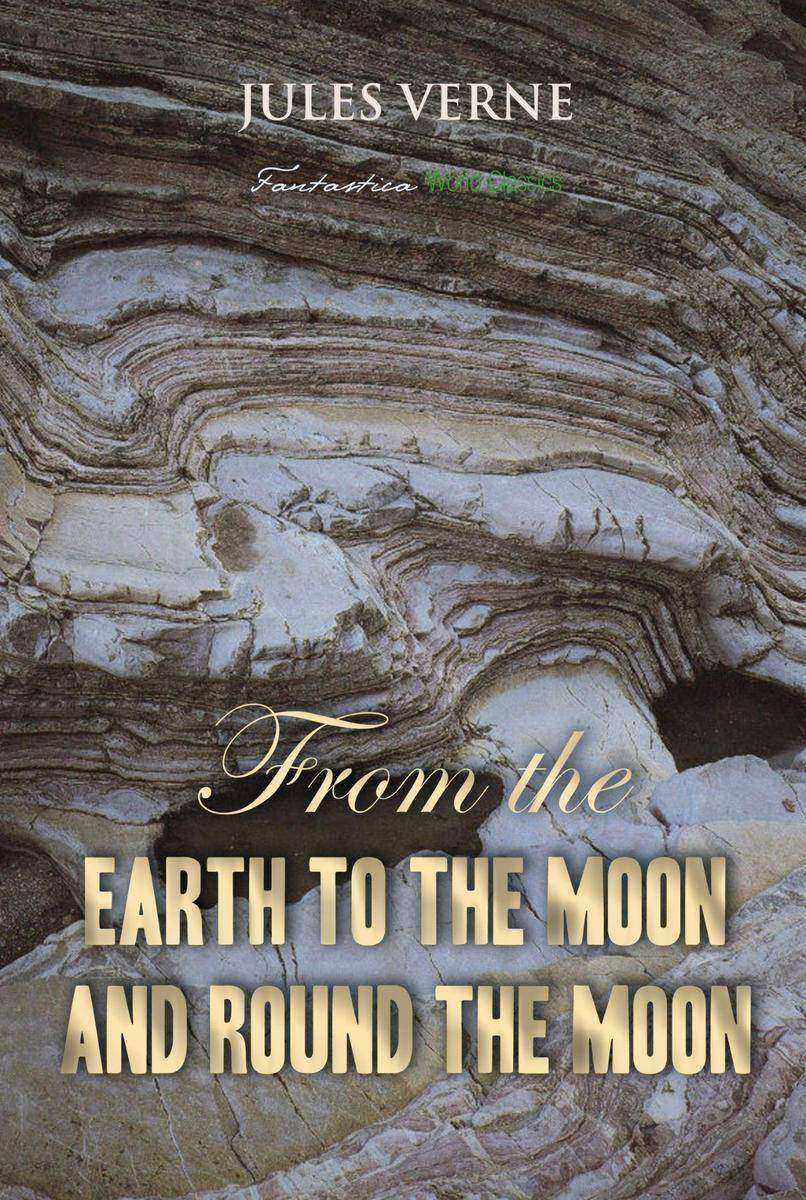
From the Earth to the Moon; and, Round the Moon
¥40.79
The Gun Club, a society based in Baltimore and dedicated to the design of weapons of all kinds, come up with a plan to construct a cannon capable of shooting a projectile to the moon. The projectile is successfully launched, but the destinies of the three astronauts are left inconclusive. The sequel, Around the Moon, deals with what happens to the three men in their travel from the earth to the moon.
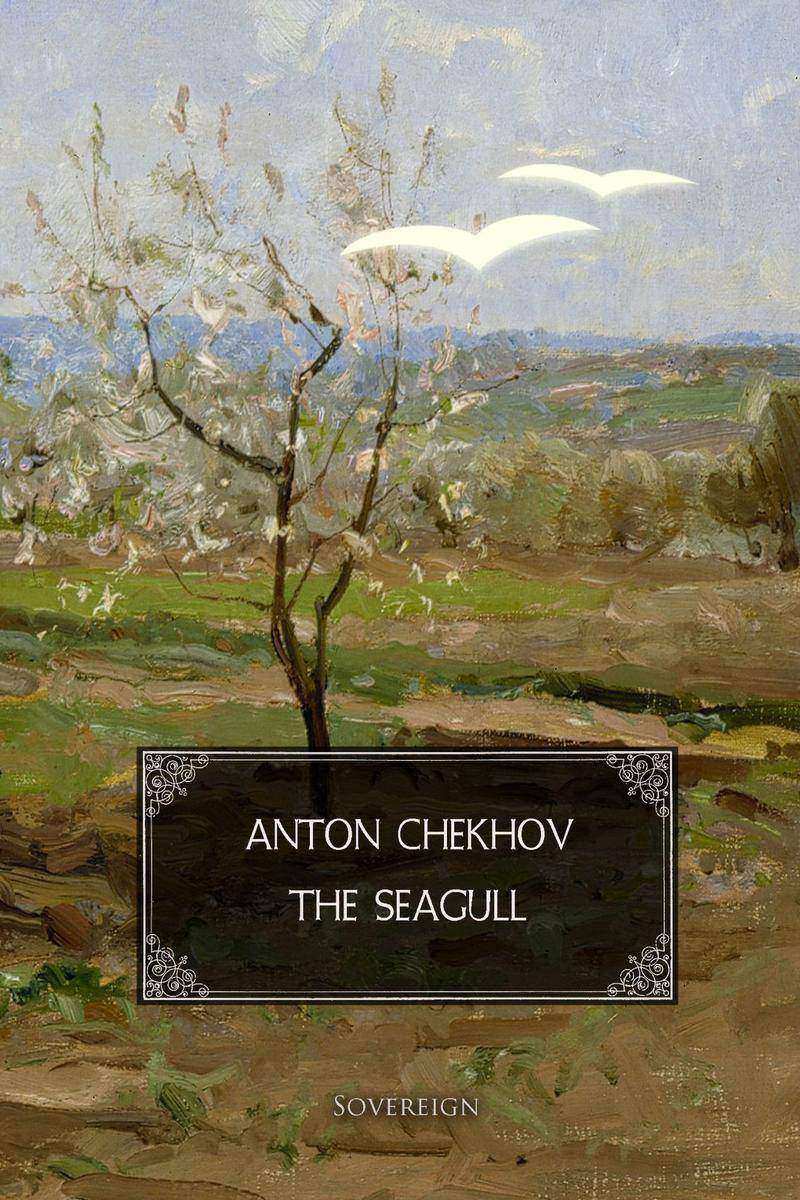
The Seagull: A play in four acts
¥40.79
A masterpiece of modern drama, The Seagull dramatises the romantic and artistic conflicts between four characters: the ingenue Nina, the fading actress Irina, her son the symbolist playwright Konstantin, and the famous middlebrow story writer Trigorin.

Summer
¥40.79
Charity Royall is eighteen, bored with life in the small town of North Dormer. While working at the library, Charity meets visiting architect Lucius Harney and they become friends. Will their growing closeness lead to a happy marriage? Charity was born in an impoverished mountain community and her life is complicated by Mr. Royall who intruded into her bedroom when she was seventeen and later urged her to marry him. Lucius starts an affair with Charity Royall, all the while hiding the fact that he is engaged to society girl Annabel Balch.
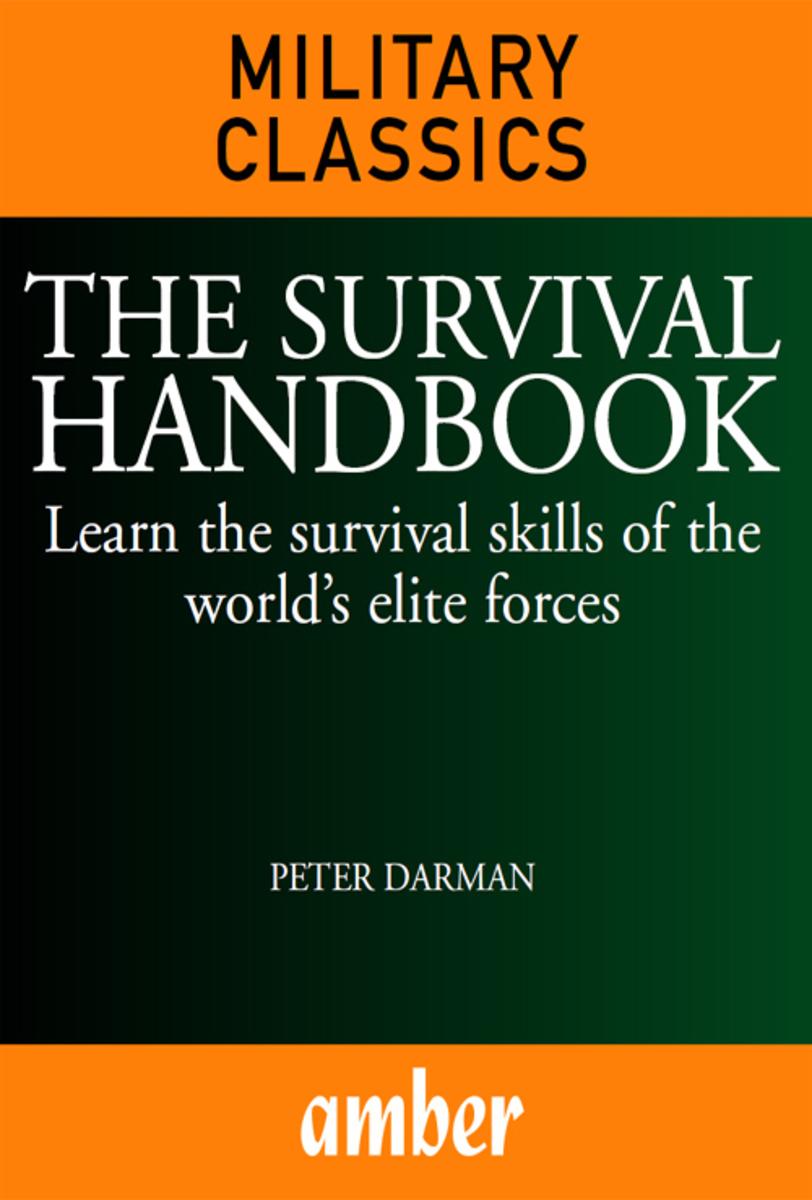
The Survival Handbook: Learn the survival skills of the world's elite forces
¥40.79
The Survival Handbook takes you through all the things you need to know about surviving disasters and staying alive in the wild, such as where to find water in the desert; how to build shelters from locally-available materials that will keep out the wind and rain but will also be ventilated; what plants are safe to eat and what are deadly poisonous; and what animals will pose a threat in survival situations. Packed with tips from the world's elite special forces and other survival specialists, this is a handy reference to surviving in the wild. [This is a text-only ebook edition.]
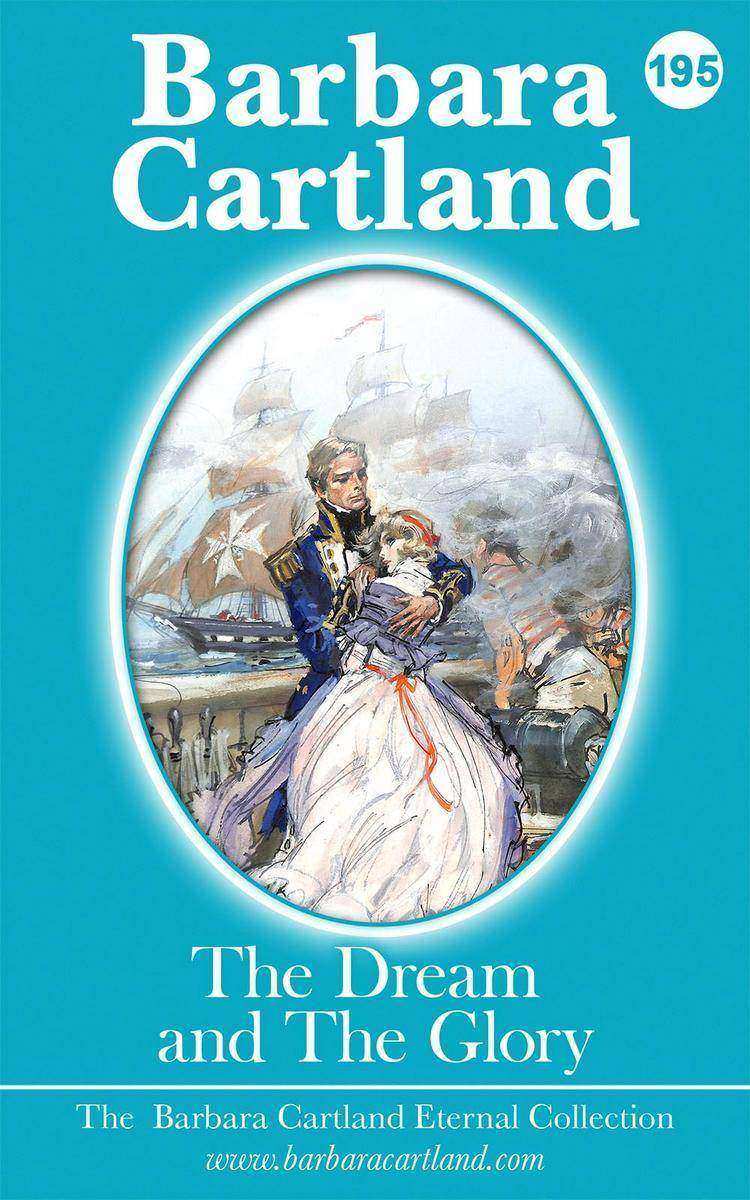
The Dream and the Glory
¥40.79
Staying at the British Ambassador’s exquisite Bay of Naples Villa, beautiful young Cordelia and her brother David, the Earl of Hunstanton, are far from the Berkshire estate that is their home. But since the death of their parents there has been nothing to stop David realising his dream – to go to Malta and become a Knight of St. John. Except, that is, the money to finance a ship to take him there. So when, out of the blue, a handsome, English buccaneer appears, who turns out to be none other than their cousin, Mark Stanton, he seems Heaven-sent. As Captain of a ship en route to Malta, he is in position to offer them passage to the island. To their chagrin, however, he attempts to dissuade David from his Pilgrimage and Cordelia from her notion of joining a Convent. But, when the siblings resist his appeals and press ahead, Mark vows to protect them both from the perils not only of David’s Maltese Crusade but also of the Napoleonic War, Barbary pirates in the Mediterranean and the scheming snobbery of Neapolitan Society. Valiant Mark saves Cordelia from the lecherous clutches of the Duca di Belina and from the terrors or war against the French, but he cannot protect David from a noble death in battle protecting Malta, nor his own heart from falling hopelessly in love.
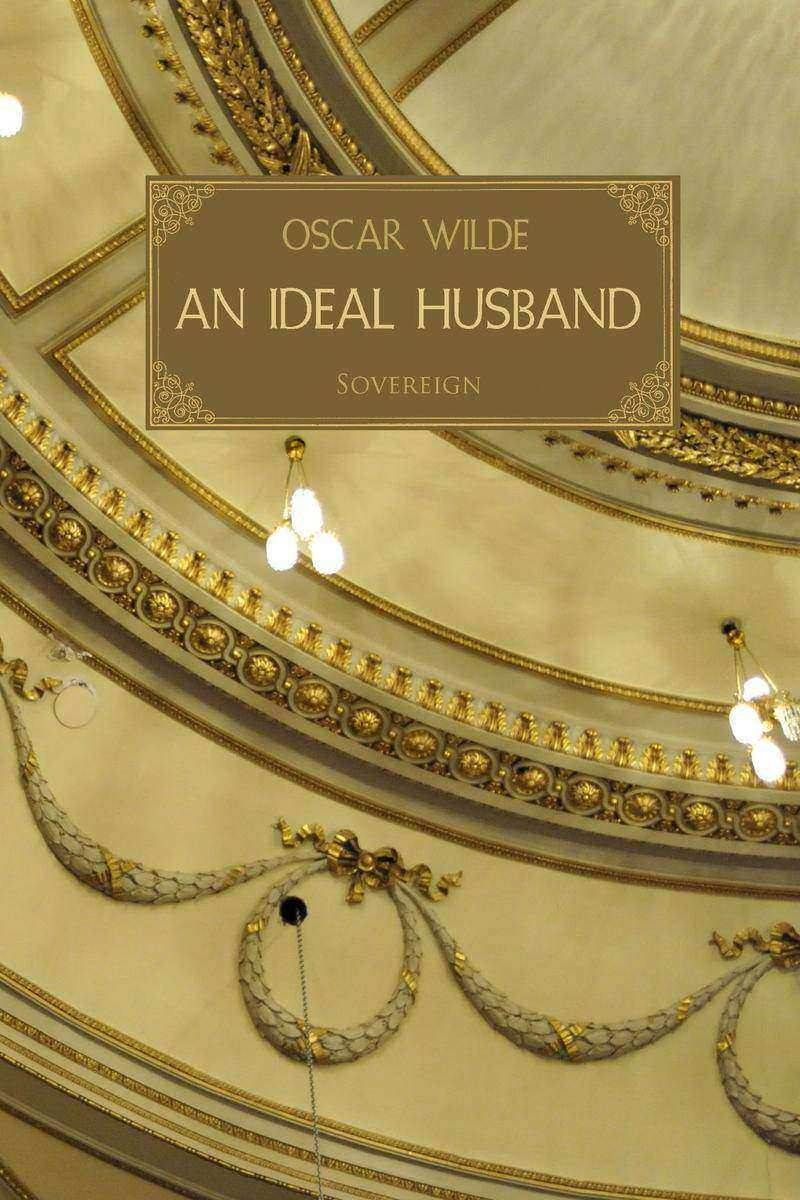
An Ideal Husband
¥40.79
Wilde's dramatic masterpiece set in London. Many of the themes of An Ideal Husband were influenced by the situation Oscar Wilde found himself in during the early 1890s. 'Sooner or later we shall all have to pay for what we do. But no one should be entirely judged by their past.'




 购物车
购物车 个人中心
个人中心



